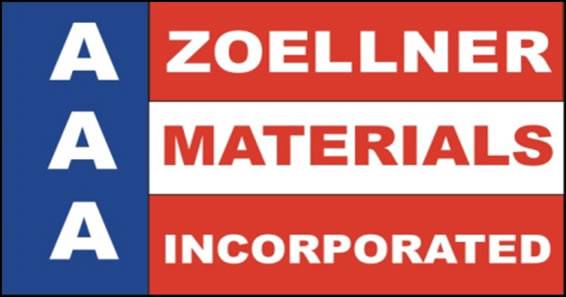Curing, Sealing, & Care
Curing
Concrete mixes usually have more than enough water when batched. However, that water evaporates quickly unless you take proper measures/precautions. The process by which concrete hardens is called hydration. The longer the hydration process continues the stronger and denser the cement paste becomes. If concrete is cured properly it can be as much as 50% stronger and much less porous. That combination makes it more difficult for water and salts to penetrate and damage the surface, thus increasing the concrete’s resistance to weather and heavy use.
Curing can be as simple as keeping the concrete moist and cool. Concrete that dries in a relatively arid climate ends up weaker than concrete kept in a cool, moist climate.
Probably the best, and most common method, for curing concrete is moist curing. To moist cure, keep the surface continuously wet/damp for the first week after placement. This can be done by wetted burlap, or water misting and ponding.
Another way to cure new concrete is by using a curing compound. Membrane curing compounds actually seal the new concrete with a thin membrane that helps keep moisture from evaporating too rapidly. Timing is most important when using a curing compound. These products must be applied as soon as final finishing is complete. Otherwise, they could possibly mar the concrete’s surface. Not all curing compounds are the same. Be sure to follow the manufacturer’s recommendations completely.
Sealing
Moist curing easily lends itself to sealing because there is no chemical removal involved. However, when using a curing compound, you should use a membrane cure that you may easily remove so that the sealer can penetrate quickly and thoroughly.
By making the sealing choice before your install your concrete, you can inform your contractor of the curing method you prefer. There are two main types of concrete sealers: Those forming a film on the surface of your concrete and those designed to penetrate the concrete.
Membrane/Film Sealers – Film formers are acrylic or rubber-based compounds. They dry leaving a shiny, wet-looking surface. They protect against some stains better and are often cheaper than penetrating sealers. Film formers do have some disadvantages: They tend to darken the finished concrete, are not as durable, and can create a more slippery surface.
Penetrating Sealers – While penetrating sealers are usually more expensive, they last longer than film sealers. Most penetrating sealers are derivatives of silicone called silanes or siloxanes designed to penetrate concrete pores. Once there, they react with the alkaline materials and moisture present to form silicone, making concrete water-repellent. Penetrating sealers do not change the finished concrete’s appearance. The only disadvantage is there can be no other membrane cure or sealer on the concrete, and the concrete must be at least 28 days old.
Concrete Driveway Care/Maintenance Suggestions
- Owners and tradesmen should not drive on new, cured concrete for at least seven days. The longer, the better.
- Select and apply a driveway sealer, following manufacturer’s recommendations. Application every two years greatly helps protect your driveway from the elements and chemicals. For future treatments, use water repellent or sealer containing a minimum of: 20% silane / siloxane solids (Penetrating Sealer). Or a 25% high quality acrylic solids (Membrane Sealer) or equivalent.
- Do not use deicers on driveway, especially during the first year. (Use sand for traction.) Never use products containing ammonium sulfate or ammonium nitrate as deicers.
- Do not allow snow and ice to accumulate on the slab during the first year.
- Street snow removal efforts often incorporate the use of deicers. Snow clinging to the underside of cars can melt and result in the salt contents penetrating and damaging the concrete surface. Avoid parking on driveways and garages during such times.
- Lawn and garden fertilizers can also contain salts which will damage concrete. Always sweep fertilizer from concrete surfaces before it becomes wet.
Related Services
Cold Weather
Cold Weather Concreting As Fall becomes Winter, the process by which concrete is placed and finished slows in direct relation to temperature drops.
Placing and Finishing
Placing Plan your concrete project very carefully. Immediate weather and time of year can be vital factors affecting the desired outcome of your project. Make sure to prep the desired area properly.


